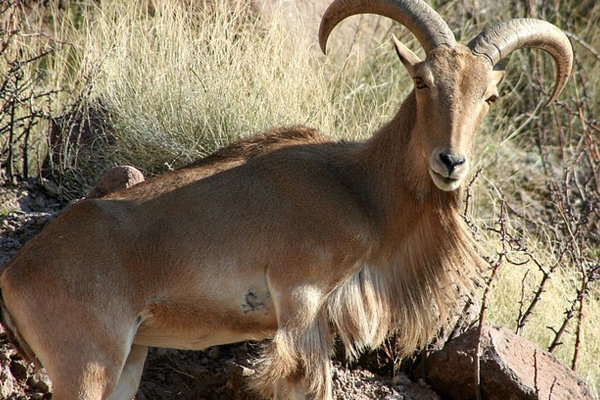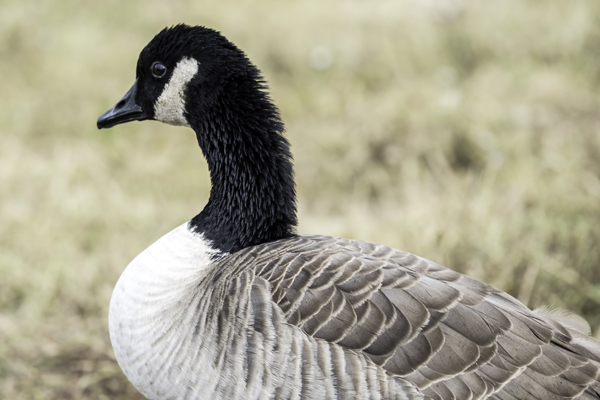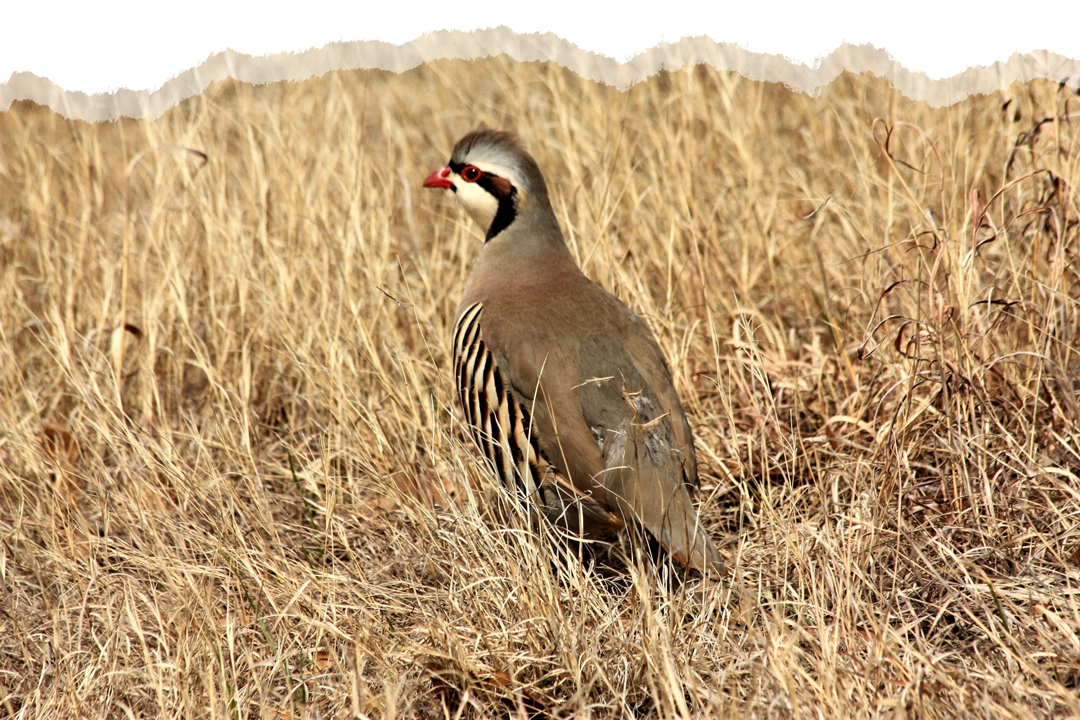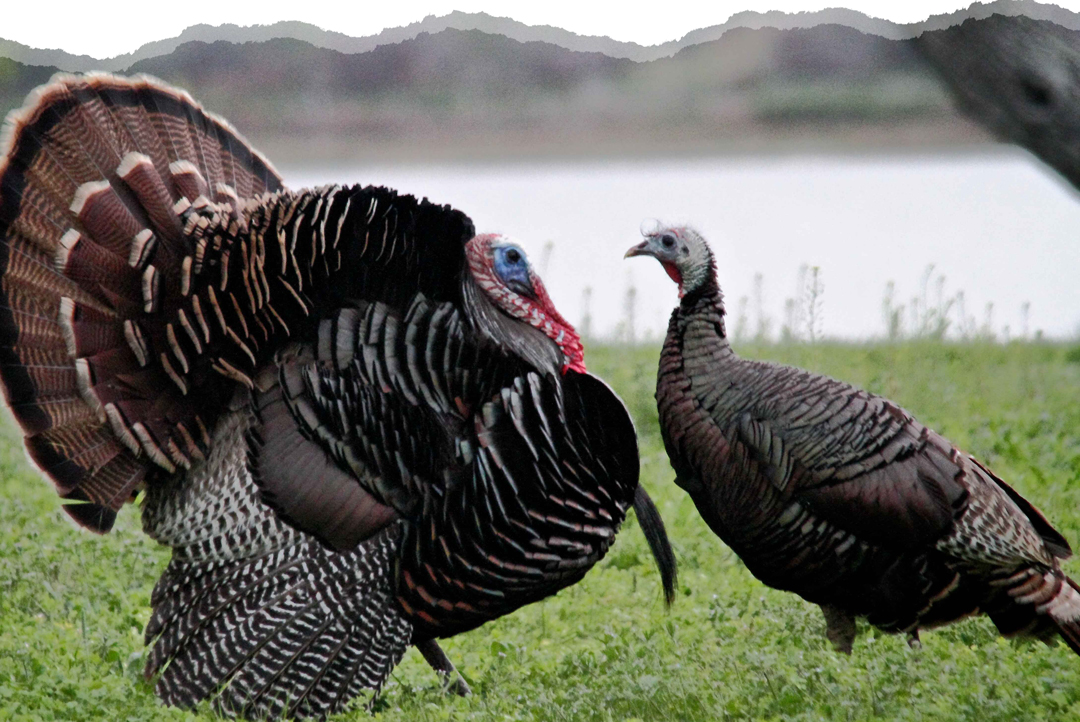
Barbary Sheep
Where to find Barbary Sheep and how to recognize them.
Barbary Sheep or Aoudad sheep, the mountain climbers and friend of desert lands. These sheep are robust and have the personality to match their tough exterior. Large crescent-shaped horns belong to both males and females, with the horns of the males being larger than the females’; the same can be said for their size. Male Barbary sheep weigh an average of 320 pounds, while the females often weigh in at 245 pounds. They are tan in the color of their coat with long hair on their chests and covering the fronts of their agile legs.

When does mating season begin for the Barbary Sheep?
Moreover, the mating season for Barbary sheep starts in September and lasts until November, with lambs being born from February to April; 1 to 2 lambs are birthed among Barbary sheep at a time. These sheep have aggressive tendencies that they commonly act upon since they are exceedingly territorial. Natives of the Northern African mountains, Barbary sheep have now been introduced in many areas around the world, including the United States, where they were established in the 1900s; particular in their preference of arid and desert-like climates, Barbary sheep can be found inhabiting areas such as California, New Mexico, and Texas. They have the ability to jump over 7 feet and have a specialty of scaling mountains. Because Barbary sheep are herbivores, they feed upon grasses and are in competition with animals of like diets, animals such as the Mule deer. They have also been regarded as “pests” since they go for the crops and fields belonging to local farmers. Though they are intimidating, they succumb to their list of natively known predators, including leopards and lions; the most threatening are humans.

What is the Conservation Status of the Barbary Sheep? Why?
Barbary sheep are currently categorized under “Vulnerable” as their Conservation Status, becoming ever-more depleted. Within the United States, conservationists are always monitoring populations and distributing hunting permits in accordance to their findings; in other areas around the world, however, excessive, unregulated hunting practices and a lack of rainfall hindering the environment of the Barbary sheep are contributing factors of their current decline.





















